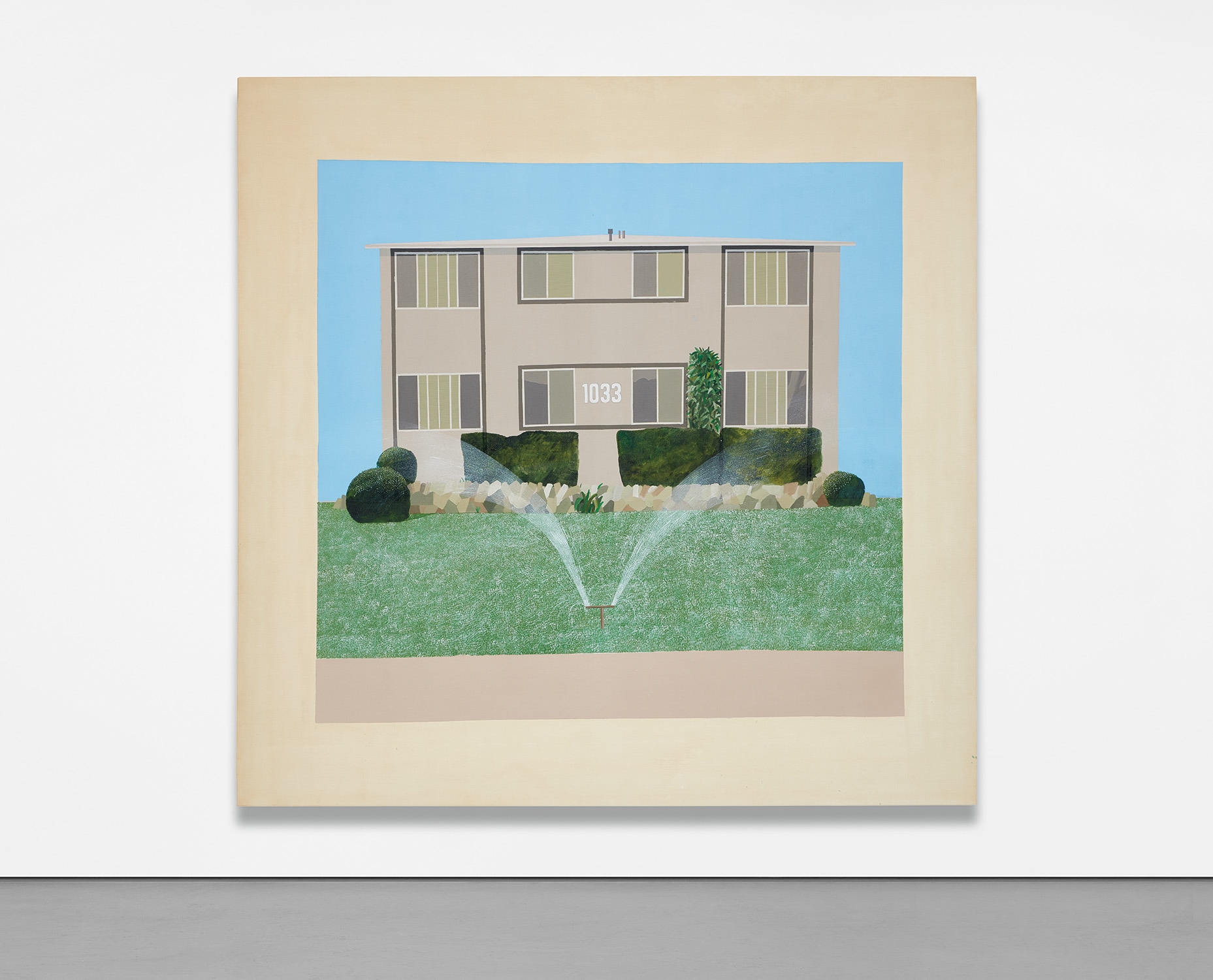



Property from a Distinguished Private Collection
13Ο◆
David Hockney
A Neat Lawn
acrylic on canvas
95 3/4 x 97 in. (243.2 x 246.4 cm)
Painted in 1967.
Further Details
Full-Cataloguing
David Hockney
BritishDavid Hockney (b. 1937) is one of the most well-known and celebrated artists of the 20th and 21st centuries. He works across many mediums, including painting, collage, and more recently digitally, by creating print series on iPads. His works show semi-abstract representations of domestic life, human relationships, floral, fauna, and thechanging of seasons.
Hockney has exhibited at the Museum of Modern Art in New York, the Royal Academy of Arts in London, and the Van Gogh Museum in Amsterdam, among many other institutions. On the secondary market, his work has sold for more than $90 million.